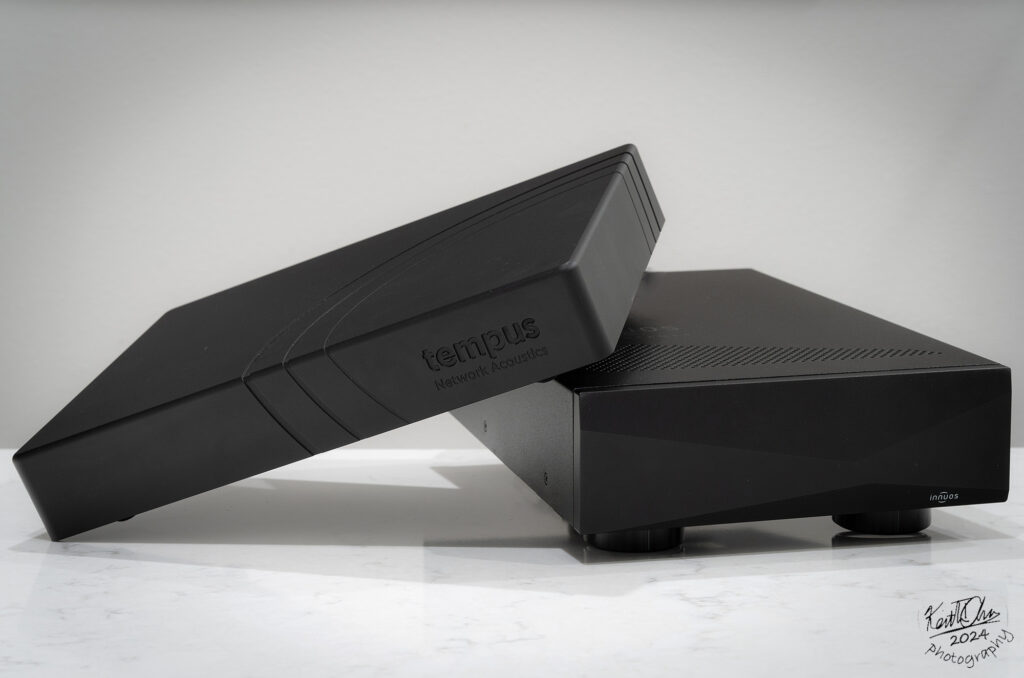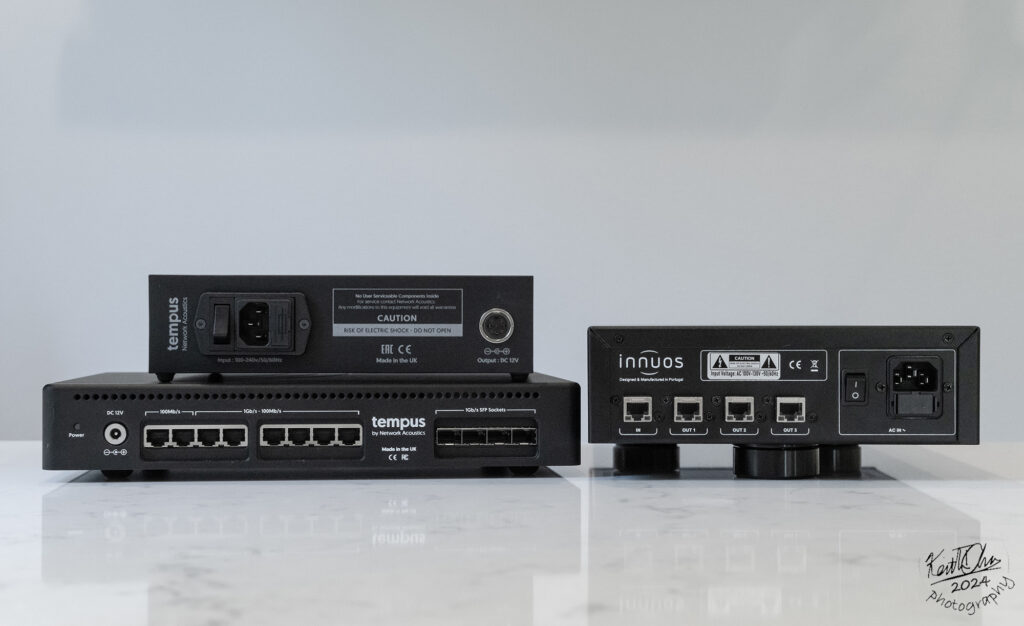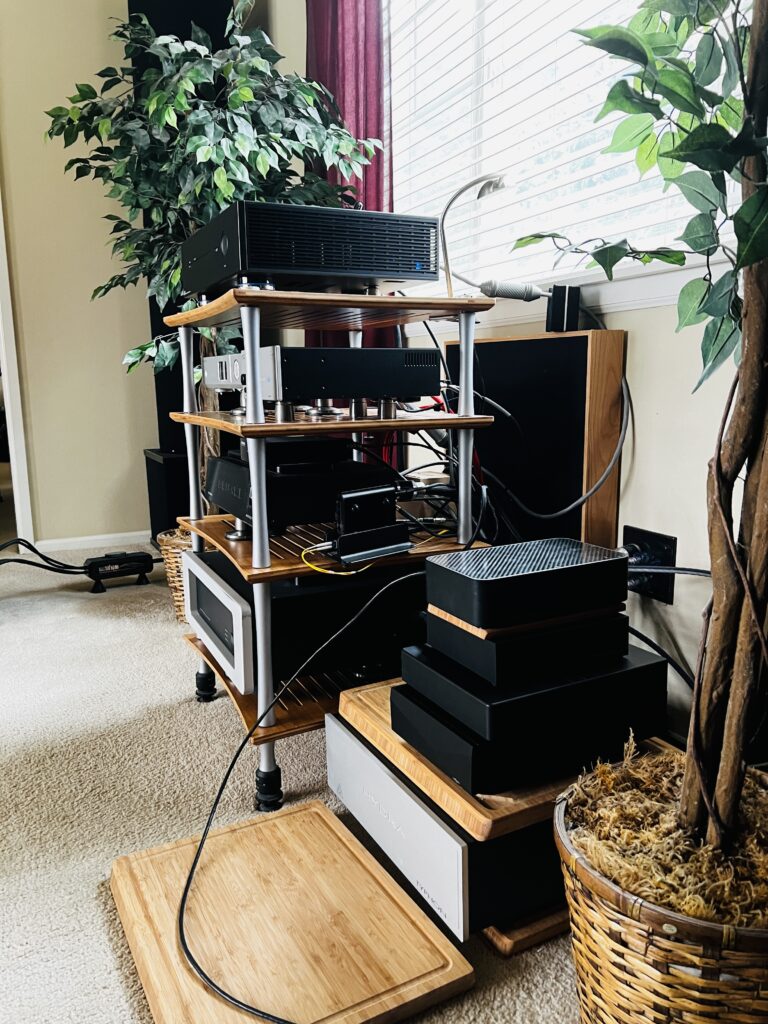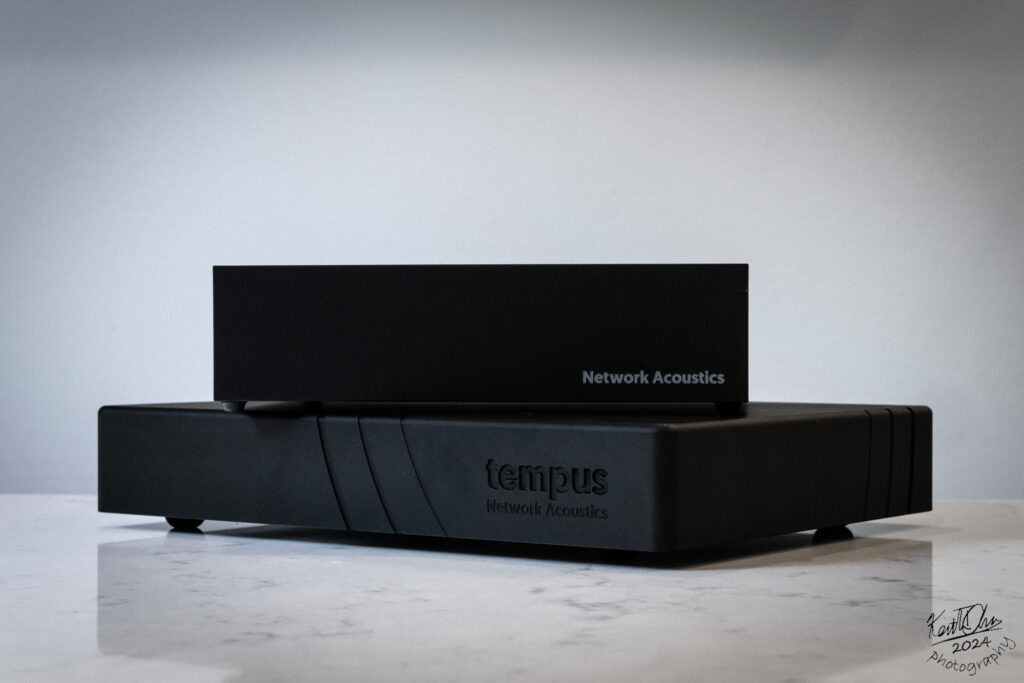
Almost 20 years ago I attended a memorable lecture about traditional Chinese medicine. The speaker, a highly-published Professor Emeritus of Anesthesiology, shared incredible studies of how analgesic acupuncture is combined with hypnosis to perform heart surgery and, compared to our Western surgical lore, the patients in Asia awaken and recover quickly as if they had a minor procedure. Jeers, doubt and ridicule immediately erupted from the medical crowd as expected, especially from her U.S.-trained faculty who dismiss these observations as having no plausible scientific mechanism and can only be a placebo effect.
The speaker calmly looked at her colleagues and replied, "Well... it's not like any of us know how inhaled anesthesia work, either..."
Mic dropped.
There are things that we accept despite a lack of mechanistic explanation for how they work:
Consciousness.
Why mass causes gravitational force.
Love.
Our wives' emotions and their getting headaches at inopportune moments.
Or why some things matter in hi-end audio.
Which brings me to this review of the Network Acoustics tempus audiophile switch (their product names are all lower case). Among the spectrum of digital source components that should theoretically allow bit-perfect streaming playback, network switches receive special scrutiny for why they might affect audio quality (e.g. "switches transmit perfect error-free data in IT networks every day, so this is all snake oil"). I'll be the first to admit: I do not know why audiophile switches matter, no more than I can explain the pathophysiology behind Chinese medicine. Some folks ascribe to a reduction of electrical noise (from the switch's power supply, internal circuitry and incoming ethernet signal) transmitted to the streamer, while others opine about jitter, timing variations and blurring of square waves in audio protocols resulting in data corruption. The variation across each household's network 'noisiness' is probably also substantial. Personally I would love to see an actual analysis of how a music streamer's raw bitstream output change as a direct downstream effect of networking cables, power supplies, switches or isolation. But as someone who benefits from traditional medicine, I take a similar approach to my audio health: If it sounds good, I don't really care how it works... those who want measurement proof, please move along: you can't measure my back pain either.
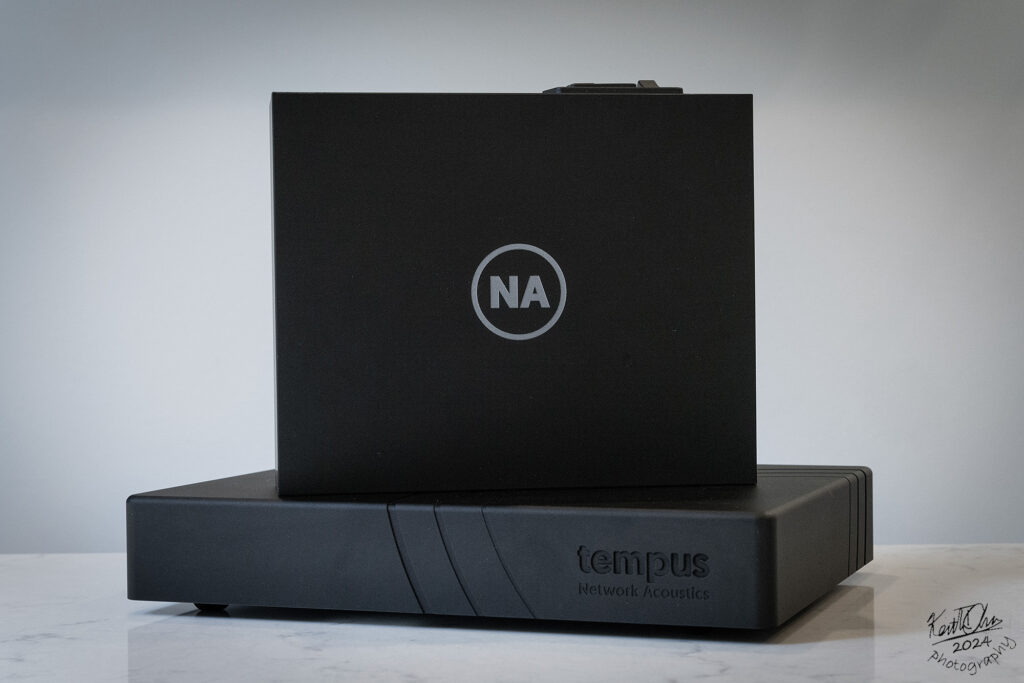
Network Acoustics is a small U.K.-based company founded in 2020 by two friends, Rob Osbourne and Rich Trussell. They share an excitement about streaming music but were dissatisfied by the sound compared to their cherished analog rigs; then the Covid pandemic freed them from their day jobs (Rob a film producer and Rich an IT engineer) and they decided to pursue solutions for better digital playback. The result was the original eno ethernet filter, USB and ethernet cables, which were highly regarded and the success allowed their efforts to become a full-time endeavor. Rob describes their work as a passion project -- his excitement and energy "to make streaming their thing" is clearly evident when he describes their raison d'etre -- and their fame continued with the launch of the award-winning muon and muon pro family of products. Despite their growth, Rob and Rich oversee the final assembly and testing of each and every product, and they take pride in providing a level of customer service that they would want as consumers. They welcome audiophiles to try these products in their own systems, and increased their money back guarantee from 30 to 60 days to allow this. What can beat such a policy of assurance before investing in audio equipment?
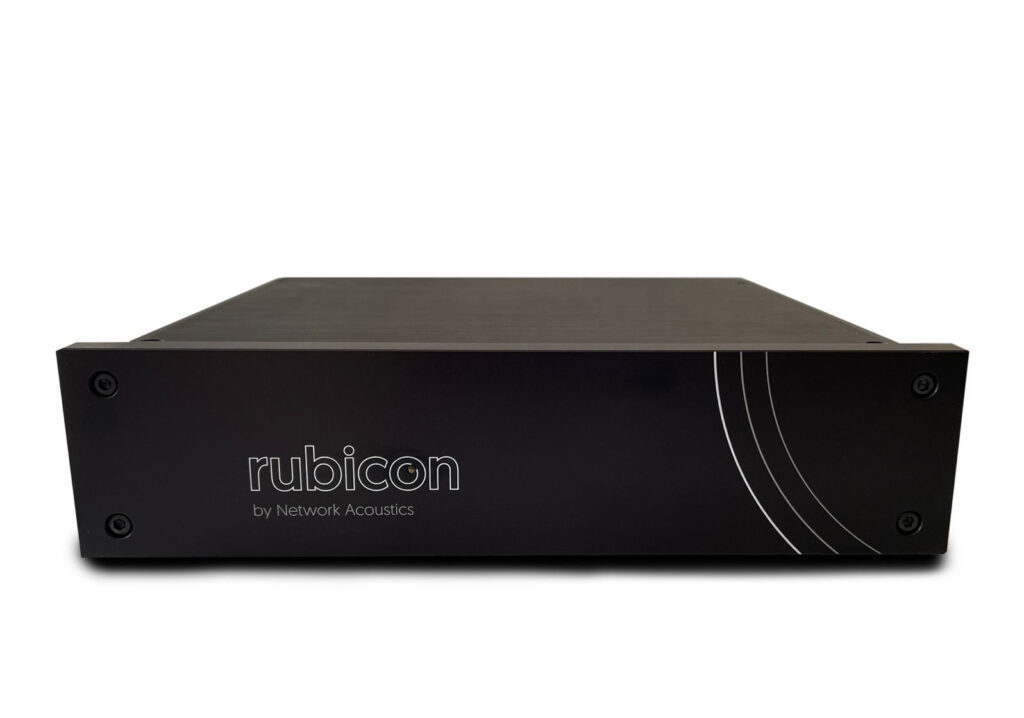
Tempus was launched in 2023 as their exclusive and reference network switch. In asking Rob about its motivation and design philosophy, he talked about their former switch, the rubicon, which was created to complement the eno filter. However, rubicon only sold for less than one year due to supply chain challenges -- but this did not stop Rob and Rich in designing their next-generation switch. He describes their design culture as one based on empiric listening paired with a comprehensive rigor and relentless drive to explore endless numbers of component permutations for the best sound. After more than 3 years of development and exhaustively comparing against their competitors, tempus is their answer. This switch is fully designed in-house and has the sole focus on minimizing network noise. Rob admits the biggest reduction of noise was achieved not only with the circuit, components, or its clocks, but especially with tempus' power management and quality of its power supply; the system incorporates a multistage filtered hybrid design to circumvent what Rob felt were sonic compromises in traditional linear and switch-mode power supplies (and even dedicated battery-based power supplies) for audiophile switches. Network Acoustics isolates the power supply in a separate chassis, and the switch is encased in a specially-designed aluminum housing for further shielding. Beyond the power management system, Rob felt that tempus needs to support gigabit speed, have an abundance of ethernet ports to support larger A/V systems, the processing power to effortlessly stream to multiple ports, and a more mature and premium appearance than its predecessor.
I would propose my listening room's network is probably quite polluted since it is also my home office. The Comcast cable signal comes into our living room's Motorola MB7621 modem, and the signal then goes to a Netgear Orbi AX4200 mesh router before connecting with a standard TPLink 8-way switch; from here, one in-wall cable goes approximately 100 feet to my office. There the ethernet cable goes to another TPLink 8-way switch connected to a bunch of noisy work stuff: an Aruba gateway switch, an Avaya PoE VOIP device, and three computers. Then, a QSA-Lanedri Gamma ethernet cable runs from this TPLink to my existing audiophile switch, an Innuos PhoenixNET, from which a Network Acoustics muon pro streaming cable runs to my Lucas Domansky 'Minimax' Music Server. Tempus was evaluated in place of the PhoenixNET as a direct comparison. The remainder of the system consisted of a Lampizator Horizon DAC, a Riviera AIC10-Bal amplifier, and a pair of ZMF Caldera headphones. The system was powered by a Shunyata Denali 6000/V2 conditioner via a mix of QSA-Lanedri, Sablon Audio, and Shunyata AC cords. Standard CAT 5e and CAT 8 contractor-grade LAN cabling was used throughout the house up to the office TPLink switch.










